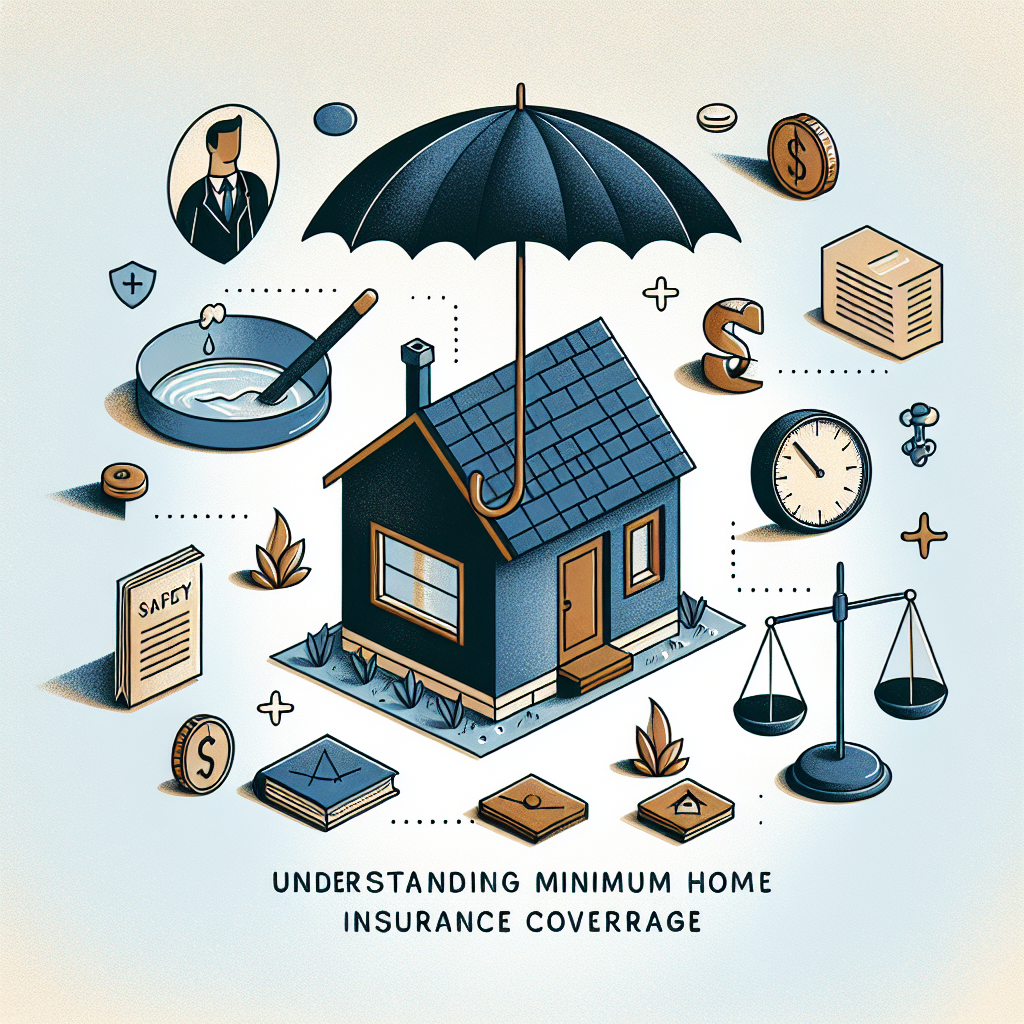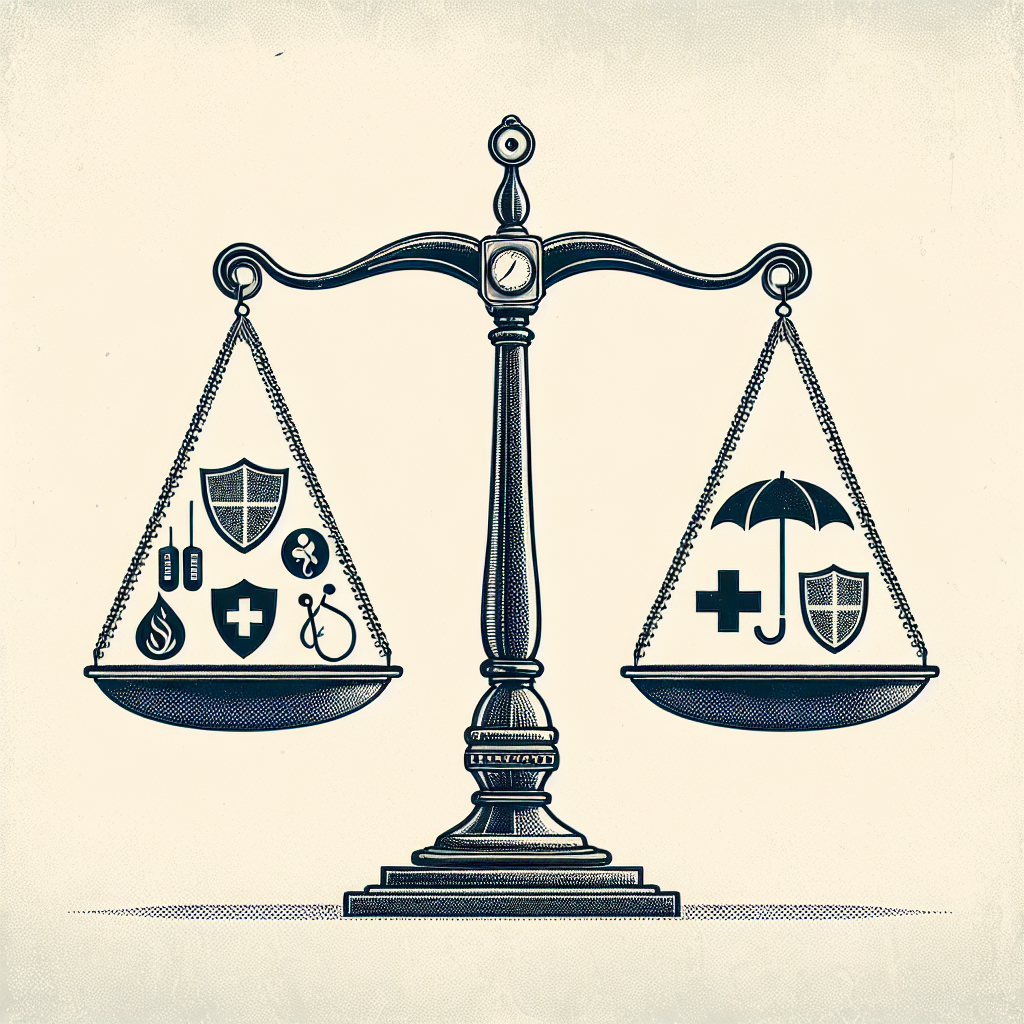Filed under Home Insurance on
Home Insurance Coverage: A Comprehensive Guide

Home insurance is a crucial component for safeguarding one of your most significant investments: your home. Often, homeowners find themselves overwhelmed by the variety of coverage options available. This guide breaks down everything you need to know about home insurance coverage, ensuring you make informed decisions that best suit your needs.
Understanding Home Insurance Coverage
Home insurance is designed to offer financial protection against unforeseen events. From natural disasters to theft, it provides a safety net for your property and possessions.
Basic Components of Home Insurance
A typical home insurance policy consists of several key components:
- Dwelling Coverage: Protects the physical structure of your home, including walls, roof, and built-in appliances.
- Personal Property Coverage: Covers personal belongings inside your home, such as furniture, electronics, and clothing.
- Liability Protection: Offers coverage if someone is injured on your property or if you inadvertently cause damage to someone else's property.
- Additional Living Expenses: Assists with living costs if you need a temporary residence due to home repairs from a covered loss.
Types of Home Insurance Policies
Understanding the different types of home insurance policies can help you select the right coverage:
- HO-1: Basic form providing minimal coverage.
- HO-2: Broad form that covers more risks than HO-1.
- HO-3: The most common policy, offering comprehensive coverage against most risks.
- HO-4: Known as renters insurance, covering belongings but not the physical structure.
- HO-5: Provides extensive coverage for both property and possessions, often at a higher cost.
- HO-6: Tailored for condo owners, covering personal property and the condo unit's specific parts.
- HO-7: Specifically for mobile homes.
- HO-8: Designed for older homes with limited coverage options due to structural risks.
Factors Affecting Home Insurance Premiums
Several factors influence the cost of home insurance, including:
- Location: Homes in areas prone to natural disasters may face higher premiums.
- Home Value: More expensive homes typically incur higher insurance costs.
- Claims History: Frequent claims can increase your premiums.
- Security Features: Homes with alarms and security systems may benefit from reduced rates.
Common Exclusions in Home Insurance
Understanding what is not covered is as important as knowing what is covered. Here are typical exclusions you might encounter:
- Floods: Separate flood insurance is often required.
- Earthquakes: Earthquake damage typically demands additional coverage.
- Pests and Mold: Damages from infestations or mold are not usually covered.
- Maintenance Issues: Wear and tear or neglect is generally excluded.
Maximizing Your Home Insurance Coverage
To get the most out of your home insurance, consider these strategies:
Regular Policy Reviews
As life changes, so do your insurance needs. Reviewing your policy annually ensures it aligns with your current situation.
Opt for Higher Deductibles
Choosing a higher deductible can lower your premium, saving you money in the long run. However, ensure the deductible remains affordable in case of a claim.
Bundle Insurance Policies
Many insurers offer discounts when you combine home and auto policies, making bundling a cost-effective option.
The Impact of Industry Trends on Home Insurance
The home insurance landscape evolves with emerging industry trends:
Technology Integration
Smart home devices, such as security cameras and alarms, not only increase safety but can also lead to premium discounts.
Climate Change and Insurance
Climate-related events are prompting insurers to reassess risk levels. This trend may influence coverage availability and premium costs in high-risk areas.
Expert Opinions on Home Insurance Coverage
Industry experts emphasize the significance of understanding policy specifics. Jane Doe, an insurance consultant, advises: "Always read the fine print and ask questions. Knowing the extent of your coverage prevents surprises during claims."
Another expert, John Smith, underscores the importance of customizing your policy: "Each homeowner's needs are unique. Tailoring your insurance to fit your lifestyle and property is vital for optimal protection."
Conclusion
Home insurance coverage is not a one-size-fits-all solution. By understanding the types of coverage available, recognizing potential exclusions, and keeping up with industry trends, you can confidently choose a policy that provides peace of mind. Regularly reviewing your coverage and considering expert advice ensures your home is aptly protected against life's uncertainties.
Remember, informed decisions today can safeguard your home and financial security tomorrow. So, take the time to explore your options and invest in the coverage that truly meets your needs.





